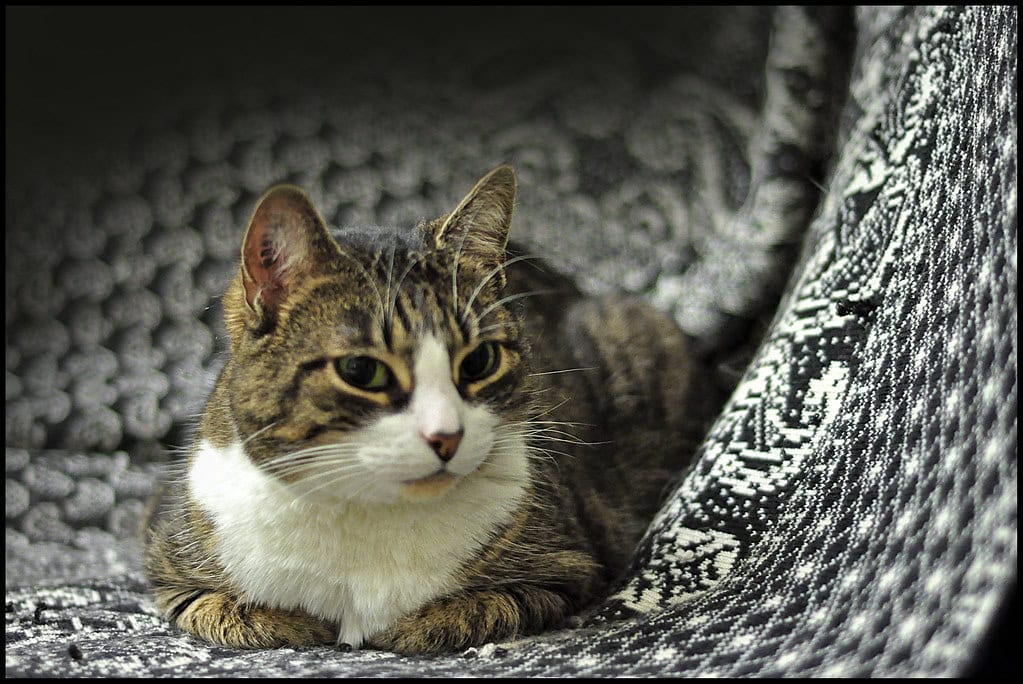Anyone who has ever shared their home with a feline companion has likely wondered whether their cat truly recognizes their name or simply chooses to ignore it. While dogs are renowned for their enthusiastic responses to their names, cats have historically maintained an air of mystery around their cognitive abilities. However, recent scientific research has provided compelling evidence that cats do indeed recognize their names, even if they don’t always choose to respond. This revelation offers fascinating insights into feline cognition and the unique bond between cats and their human caregivers. From understanding the evolutionary roots of cat communication to practical tips for teaching your cat to respond to its name, this exploration into feline intelligence will forever change how you call your cat’s name.
The Scientific Evidence Behind Cat Name Recognition

A groundbreaking 2019 study published in the journal Scientific Reports provided the first scientific evidence that domestic cats can distinguish their names from other similar-sounding words. Led by animal behaviorist Atsuko Saito from Sophia University in Tokyo, researchers conducted a series of experiments with 78 cats from both households and cat cafés. The study used a habituation-dishabituation method, where cats were played recordings of their names and other words with similar lengths and accents.
The results were compelling: most cats showed clear recognition of their names by displaying ear twitching, head movements, or tail flicking when their names were called, even after becoming habituated to hearing other words. Importantly, this response occurred even when unfamiliar voices called their names, suggesting that cats learn to associate the specific sound pattern of their name with being addressed, rather than simply responding to their owner’s voice. This research definitively answered the long-standing question of whether cats know their names—they do indeed recognize this special identifier.
How Cats Process Language Differently Than Humans

Cats perceive human language in a fundamentally different way than we do. While humans process language through specialized brain regions that decode meaning, syntax, and context, cats lack these sophisticated language processing centers. Instead, cats recognize their names as distinctive sound patterns associated with specific outcomes, rather than understanding them as personal identifiers the way humans would. This difference in processing explains why cats can recognize their names without comprehending the concept of naming itself.
Feline hearing is extraordinarily sensitive, capable of detecting frequencies between 48 Hz and 85 kHz, far exceeding human hearing range. This sensitivity allows cats to pick up on subtle variations in tone, pitch, and pronunciation that may escape human notice. Research suggests that cats pay particular attention to the distinctive phonetic pattern of their name, especially when it’s delivered with the high-pitched, exaggerated intonation often used when addressing pets—sometimes called “pet-directed speech.” This specialized hearing ability helps explain how cats can filter their names from the constant stream of human vocalizations they encounter daily.
The Evolutionary Context of Cat Communication
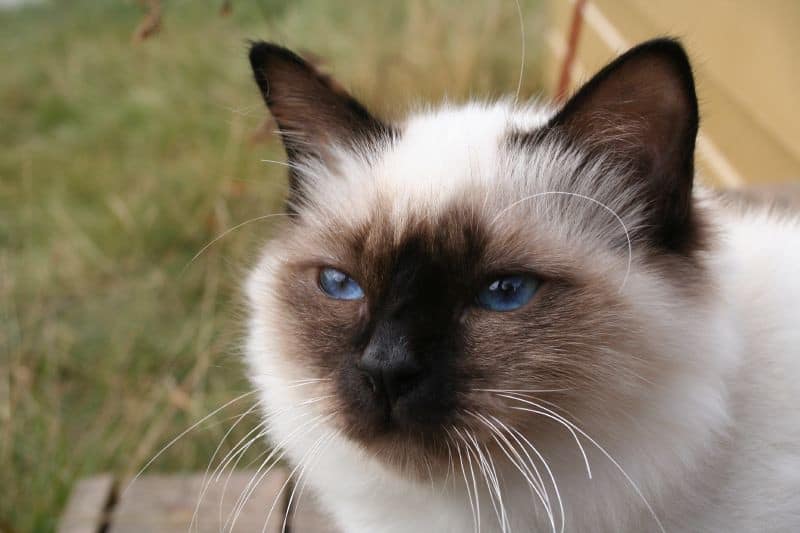
Understanding why cats recognize their names requires examining their evolutionary history. Unlike dogs, who evolved alongside humans for possibly 30,000 years with selective breeding for responsiveness to human commands, domestic cats have a much shorter history of domestication—approximately 9,500 years. More importantly, cats largely self-domesticated, approaching human settlements for rodent prey without intensive selective breeding for human-directed communication. This evolutionary background explains why cats’ responses to their names differ from the eager acknowledgment typically seen in dogs.
In the wild, feline ancestors developed sophisticated communication systems primarily for territorial marking and reproductive purposes, not for social coordination within groups. Domestic cats retained this independent communication style while adapting to human households. Research indicates that cats have evolved specific vocalizations, like the characteristic “meow,” almost exclusively for human interaction—wild cats rarely meow after kittenhood. This suggests cats have developed specialized communication channels with humans while maintaining their evolutionary predisposition toward independence, creating a unique balance where they recognize their names but respond selectively based on motivation.
Name Recognition vs. Name Response: The Cat’s Choice
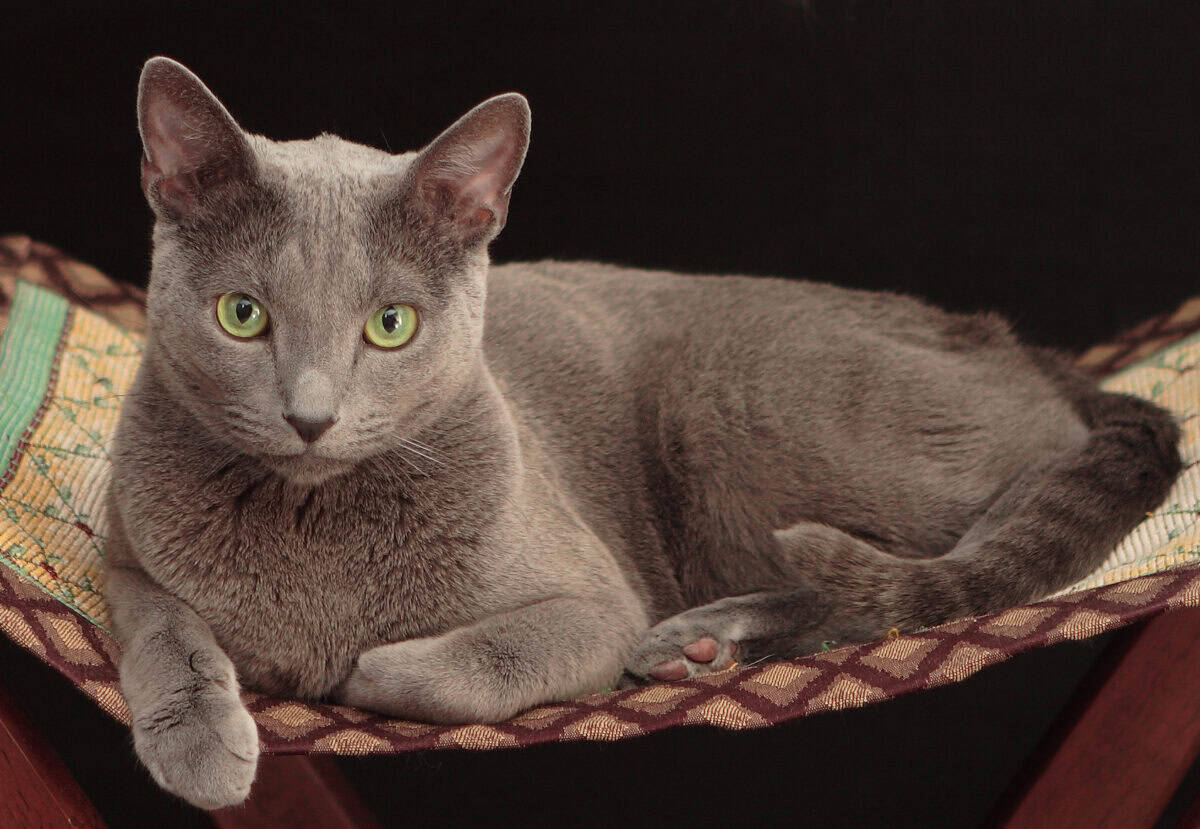
One of the most fascinating aspects of feline name recognition is the distinction between recognizing a name and choosing to respond to it. Scientific studies confirm that cats can identify their names with remarkable consistency, yet their response rate varies dramatically compared to dogs. This selective responsiveness isn’t evidence of failed name recognition but rather demonstrates the cat’s agency in deciding when to acknowledge calls. Research by animal behaviorists suggests that cats perform a cost-benefit analysis with each name call, weighing potential rewards against the effort required to respond.
Environmental factors significantly influence response rates as well. Studies show that cats are less likely to respond in overstimulating environments, when deeply engaged in important feline activities like grooming or hunting, or when they’ve learned that responding doesn’t yield meaningful rewards. This selective responsiveness aligns with cats’ evolutionary history as solitary hunters who didn’t develop the same social response imperatives as pack animals like dogs. Far from indicating lower intelligence, this selective acknowledgment reveals sophisticated decision-making processes that cats employ when interacting with their human companions.
Cat Name Recognition in Multi-Cat Households
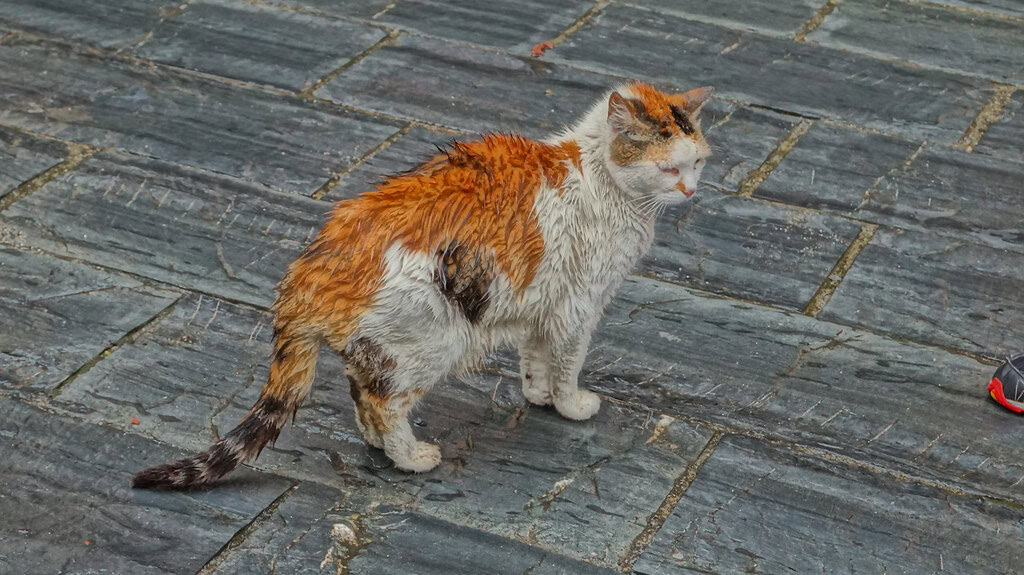
Research into feline cognition has yielded particularly interesting results regarding cats in multi-pet environments. Studies indicate that cats in households with multiple felines can not only distinguish their own names but also recognize the names of their feline housemates. In one experiment conducted at Kyoto University, cats showed measurable reactions when researchers played recordings of their owners calling the name of a familiar cat companion while showing an image of an unfamiliar cat—essentially detecting the mismatch between name and face.
This sophisticated level of social recognition suggests cats maintain mental models of their social environment more complex than previously believed. Interestingly, cats from multi-cat households often demonstrate better name discrimination abilities than those living as the sole pet, suggesting that living in socially complex environments may enhance certain cognitive abilities. However, researchers also found that cats in cat cafés, despite living in multi-cat environments, showed less name recognition, possibly because they hear their names less frequently or in less consistent contexts than household pets. These findings highlight how a cat’s living situation can significantly influence their name recognition capabilities.
The Role of Tone and Pitch in Cat Name Recognition

When it comes to recognizing their names, cats pay particular attention to how the name is said, not just the name itself. Research has demonstrated that cats respond more consistently to high-pitched, emotionally positive vocalizations than to flat or negative tones. A study from the University of Paris Nanterre found that cats can distinguish between their owners’ “happy voice” and neutral tones, showing stronger responses to the former. This sensitivity to tone explains why the singsong, higher-pitched voice many people naturally adopt when speaking to pets—often called “pet-directed speech”—is particularly effective at eliciting feline attention.
The specific acoustic features that catch a cat’s attention include frequency modulation (changes in pitch), intensity (volume variations), and duration (how long sounds are sustained). Cats appear to be especially attentive to the distinctive prosodic pattern of their names when delivered with emotional content. Interestingly, research suggests that female human voices may have a slight advantage in cat communication, as their naturally higher pitch range falls more comfortably within cats’ preferred listening range. This doesn’t mean male voices are ineffective—rather, the emotional content and consistency of delivery matter more than the speaker’s gender in determining how readily a cat will recognize and respond to its name.
How Cats Learn Their Names
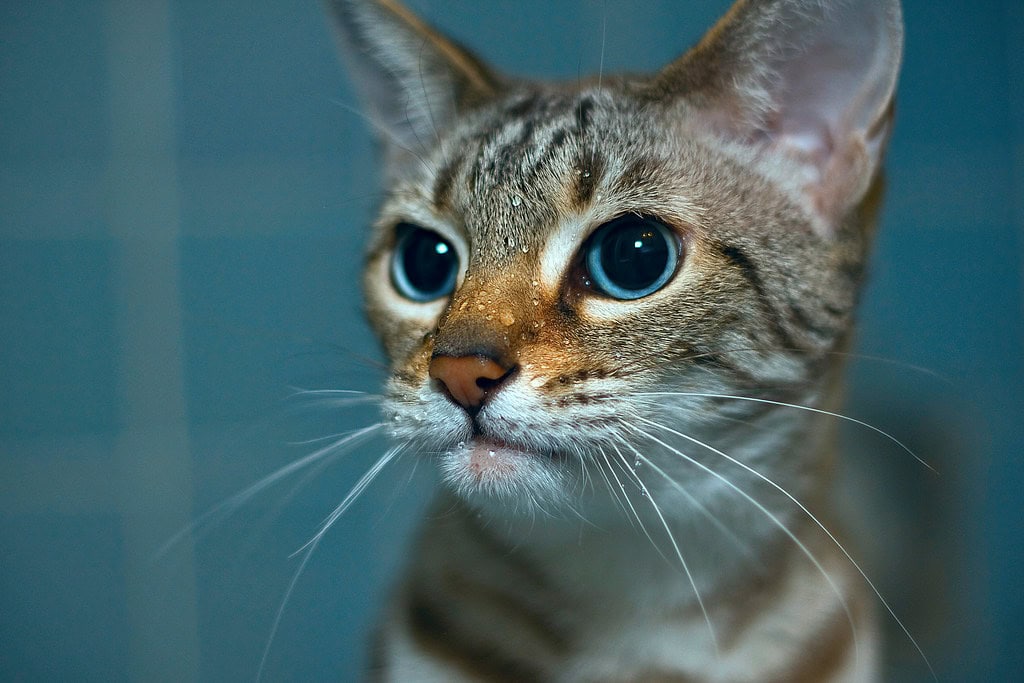
Cats learn to recognize their names through a process of classical conditioning, where the sound pattern of their name becomes associated with significant events or consequences. This learning begins early, with most cats developing name recognition between 4-6 months of age, though this timeline varies based on consistency of use and associated experiences. Unlike formal training, name learning for cats typically happens naturally through daily interactions rather than structured teaching sessions. The repetition of their name before feeding, petting, play, or other positive experiences creates strong associations that help cement name recognition.
Interestingly, research suggests that cats learn their names most effectively when the name is used in consistent contexts with clear outcomes. A study from the University of Lincoln found that cats whose names were used primarily before positive experiences showed stronger name recognition than those whose names were used indiscriminately throughout the day. Additionally, short, distinctive names with sharp consonants and clear vowel sounds (like “Max” or “Kitty”) appear easier for cats to distinguish from ambient household conversation than longer or more phonetically complex names. This preference for phonetic simplicity likely evolved because such sounds cut through environmental noise more effectively, an important adaptation for predators who rely on acute hearing.
Teaching Your Cat to Respond to Its Name

While cats naturally learn to recognize their names through daily interactions, purposeful training can significantly improve their responsiveness. The most effective approach combines classical conditioning with positive reinforcement. Begin by choosing low-distraction periods when your cat is relaxed but alert. Call your cat’s name clearly, and immediately reward any acknowledgment—even subtle ear movements or head turns—with high-value treats, affection, or play. Consistency is crucial; use the same tone and pronunciation each time, and ensure the name precedes something your cat values rather than neutral or negative experiences.
For cats who seem particularly unresponsive, behavior experts recommend a progressive training approach. Start by calling their name from very close proximity, gradually increasing distance as responsiveness improves. Clicker training can be particularly effective, as the distinct sound of the clicker serves as a precise marker for the exact moment your cat responds appropriately. Importantly, never punish a cat for not responding, as negative associations will only decrease future responsiveness. Remember that response training is most successful when aligned with natural feline behavior patterns—short, positive sessions conducted when your cat is naturally receptive will yield better results than lengthy training attempts when your cat is focused on other activities.
Comparing Cat Name Recognition to Dogs and Other Animals

When comparing species’ ability to recognize and respond to names, differences emerge that reflect evolutionary history rather than intelligence hierarchies. Dogs typically show more consistent and enthusiastic name responses than cats, with studies indicating approximately 80% response rates for dogs versus roughly 30% for cats in controlled settings. However, this difference primarily reflects motivational factors rather than cognitive limitations. Dogs evolved as pack animals with strong selection pressure for social responsiveness, while cats evolved as solitary hunters with emphasis on territorial awareness and prey detection.
Beyond household pets, name recognition varies significantly across species. Certain birds, particularly parrots and corvids, demonstrate exceptional name recognition comparable to dogs. Horses recognize and respond to individual names, though their response patterns more closely resemble cats’ selective acknowledgment. Among marine mammals, dolphins not only recognize signature whistles (their equivalent of names) but can remember other dolphins’ signature calls for decades. Primates like chimpanzees and gorillas can learn to recognize dozens of spoken names, including their own and those of human caretakers. These comparative studies suggest that name recognition evolved independently multiple times across animal lineages, with response patterns shaped by each species’ ecological niche and social structure rather than by cognitive capabilities alone.
Why Some Cats Seem to Ignore Their Names

When cats appear unresponsive to their names, several factors may be at play beyond simple disobedience. Hearing impairment, particularly common in white cats and older felines, can significantly reduce name recognition. Approximately 40% of white cats with blue eyes have some degree of congenital deafness, while age-related hearing loss affects many cats over 12 years old. Environmental factors also play a crucial role—cats experiencing stress, anxiety, or overstimulation often exhibit decreased responsiveness as they prioritize monitoring perceived threats over social interaction.
Psychological factors further influence response patterns. Cats with inconsistent early socialization or negative experiences associated with being called may develop name avoidance behaviors. Additionally, cats follow attention economics—they calculate whether responding is worth the effort based on past experiences. If calling their name rarely results in meaningful rewards or consistently precedes unpleasant experiences like medication or carrier confinement, cats quickly learn selective hearing. Importantly, what humans perceive as ignoring often represents normal feline communication preferences. Research indicates cats rely primarily on visual and olfactory signals rather than auditory cues for social information, making name response inherently less natural for them than for more vocally-oriented species like humans and dogs.
What Your Cat’s Response to Its Name Reveals About Your Relationship

How your cat responds to its name offers meaningful insights into your shared bond. Studies from the University of Oregon’s Animal Cognition Lab suggest that cats who consistently acknowledge their names when called by their primary caregiver typically share stronger attachment bonds with that person. This response pattern doesn’t merely reflect name recognition but indicates relationship quality. Researchers found that cats showing secure attachment styles—characterized by reduced stress markers when reunited with their owners after separation—were 60% more likely to respond to their names than cats with insecure attachment patterns.
Beyond simple response frequency, the quality of acknowledgment reveals relationship dynamics. Cats with positive associations to their names often exhibit “slow blinks” and relaxed ear positions when responding, signaling comfort and trust. Conversely, cats who respond with dilated pupils, flattened ears, or tail twitching may recognize their names but associate being called with stress or unpredictability. Perhaps most tellingly, studies show that cats respond most consistently to caregivers who respect feline communication preferences—those who don’t demand immediate response, who recognize subtle acknowledgment signals, and who call their cats primarily for positive interactions. This research suggests that name response in cats reflects not just cognitive recognition but the emotional quality of the human-feline relationship.
Understanding Cat Cognition: Beyond Name Recognition

Name recognition represents just one facet of sophisticated feline cognition that research continues to reveal. Cats possess impressive spatial cognition, demonstrated through their ability to mentally map their territories with remarkable precision—studies show they can remember the locations of hundreds of specific spots and navigate back to them even after long absences. Their object permanence abilities surpass those of many species; research indicates cats understand that objects continue to exist when hidden from view, and they can track invisible object displacement, a cognitive skill once thought unique to primates and a few bird species.
Perhaps most impressively, recent studies suggest cats possess rudimentary theory of mind—the ability to attribute mental states to others. In experiments where humans clearly couldn’t see hidden treats, cats were more likely to communicate through meowing and gazing behavior than when humans could already see the food location, suggesting they understand human perspective. Similar research demonstrates cats can follow human pointing gestures, recognize their owners’ voices among strangers, and remember solutions to problems for up to 10 years. These findings challenge outdated perceptions of cats as cognitively limited and suggest that name recognition is just one manifestation of the rich cognitive world cats inhabit—a world researchers are only beginning to understand through the application of methodologies appropriate for this unique species.
Conclusion: What Cat Name Recognition Means for Our Understanding of Feline Intelligence

The scientific confirmation that cats recognize their names marks a significant turning point in our understanding of feline cognition, challenging long-held assumptions about cats’ social awareness and communication capabilities. This discovery places cats firmly among animals capable of cross-species communication adaptation, learning human-created sound patterns and associating them with themselves despite lacking evolutionary adaptations specifically for human interaction. What makes this finding particularly remarkable is that cats have achieved this cognitive feat largely without the intensive selective breeding that shaped dog cognition for human compatibility, suggesting underlying intelligence that evolved for entirely different purposes has been flexibly applied to human cohabitation.
Beyond scientific significance, this research offers practical implications for cat owners seeking to strengthen their bonds with their feline companions. Understanding that cats recognize their names but choose when to respond allows owners to approach communication more effectively, respecting the inherent independence that defines the species while creating positive name associations that encourage more consistent acknowledgment. Perhaps most importantly, this research serves as a reminder that animal cognition takes diverse forms shaped by evolutionary history and ecological niche, challenging us to appreciate intelligence that manifests differently from our own human patterns.
As research into feline cognition continues to advance, we can expect further revelations about cats’ cognitive capabilities that may fundamentally change how we perceive and interact with these complex companions. For now, the next time you call your cat’s name and receive what appears to be an indifferent glance, remember that science confirms they know exactly who you’re talking to—they’re simply exercising their feline prerogative to respond on their own terms, a characteristic that has endeared cats to humans for thousands of years.
- This Tiny Bird’s Migration Covers the Entire Western Hemisphere - August 21, 2025
- The Most Infested Swamp in America—And the Creatures That Call It Home - August 21, 2025
- Do Cats Know Their Names? Science Says Yes - August 21, 2025

